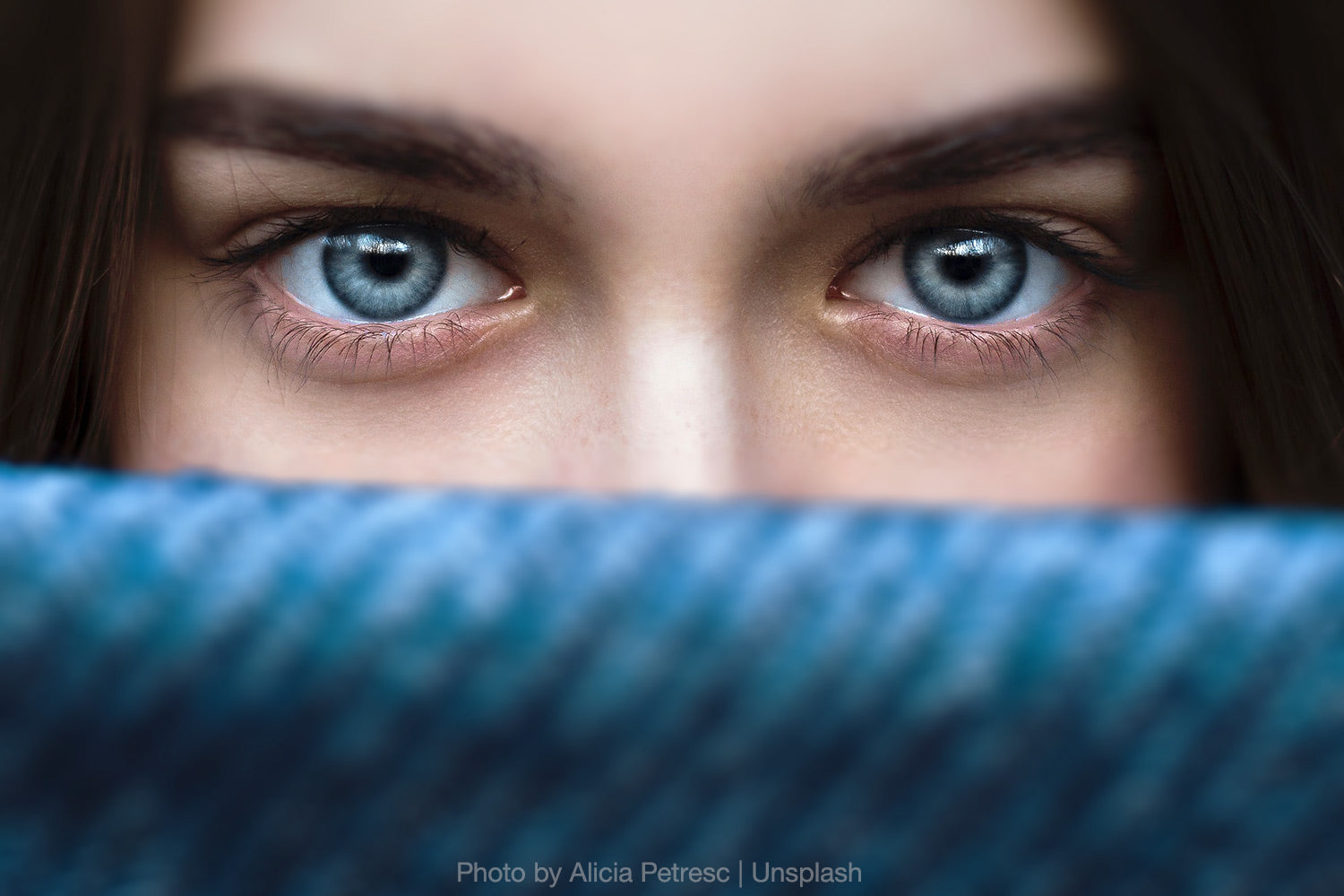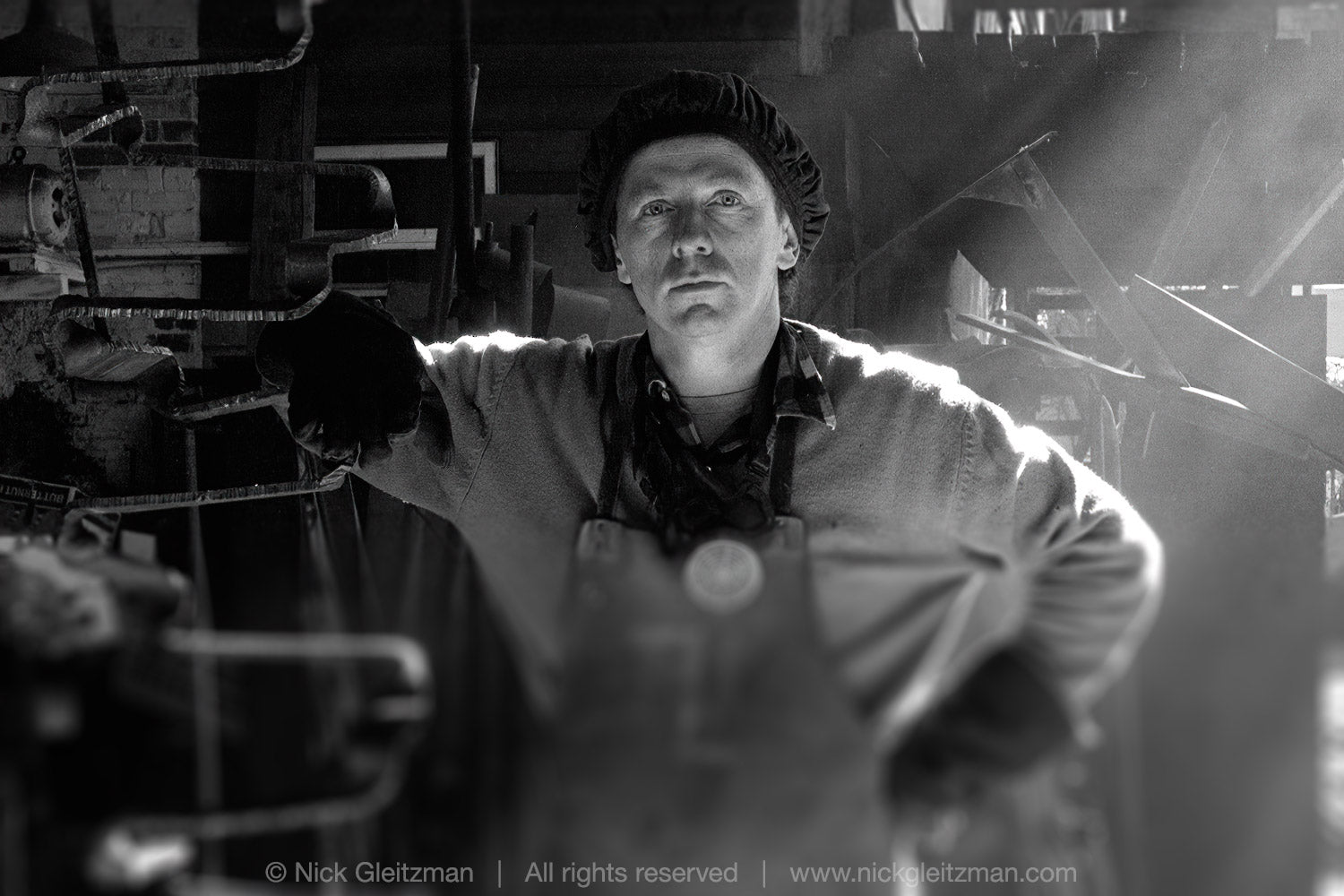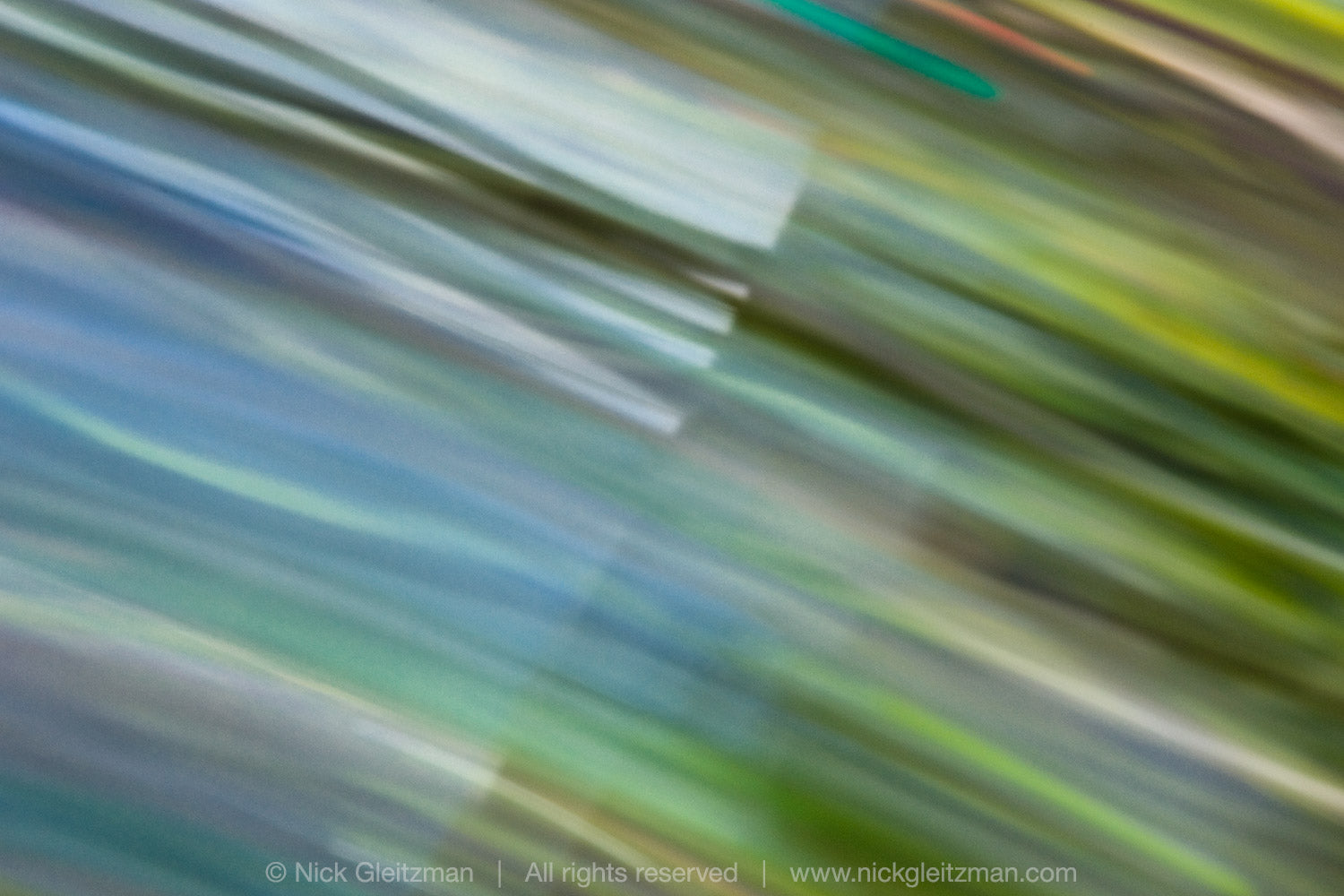Inspiration is for amateurs – the rest of us just show up and get to work.
~ Chuck Close
I was talking to a photographer friend of mine in Australia recently, and we were comparing notes on the challenges that have arisen from the COVID-19 travel restrictions and ‘stay-at-home’ advisories. We're both primarily landscape photographers, and it’s made it hard to go out to shoot.
That led to a realisation that we share the problem of getting back into shooting mode after a period of not doing it.
I know from my own experience that if I go more than a week or two without taking photos, I get really antsy; a couple of months and I'm bouncing off the walls. The trouble is, I take care of the business side of my profession as well, so as well as making new images – which includes editing, post-processing and testing for print quality – I have to timetable print production, packaging, selling, marketing, filling orders, accounts, and so on. It’s the ‘busyness’, and the reality, of business: I can’t just spend all my time making new images.
I also know that when I do finally pick up a camera again that, for a while, the results will be sub-standard. But I have to go out and make those first images in order to retrain my eye to seeing the images in the landscape that really work. Actually, I’ve noticed over the years that, for me, the worst work comes from trying too hard. I’ve learned that taking a more relaxed, even passive approach, allows the images to make themselves visible to me. Then, once I’m back in the groove, the good stuff starts happening.
The key here is that I know there’s a process I have to go through to get results. No amount of sitting around trying to come up with great ideas compares with being out in the world – that’s where the magic happens.
Which is why, when I first came across the quote from Chuck Close, it resonated strongly for me. Here’s the full version:
“Inspiration is for amateurs – the rest of us just show up and get to work. And the belief that things will grow out of the activity itself and that you will – through work – bump into other possibilities and kick open other doors that you would never have dreamt of if you were just sitting around looking for a great ‘art idea.’ And the belief that process, in a sense, is liberating and that you don't have to reinvent the wheel every day. Today, you know what you'll do, you could be doing what you were doing yesterday, and tomorrow you are gonna do what you did today, and at least for a certain period of time you can just work. If you hang in there, you will get somewhere.”
I first heard of Chuck Close when I visited the National Gallery of Australia about 35 years ago. I turned a corner into a new section of the gallery, and there, hung high on a two-storey wall, was Bob. It looked like the largest photographic print I’d ever seen, and it took my breath away. This work is big – it’s 213.5cm by 275cm. That’s 7x9 feet.
Of course, I discovered that it wasn't a photograph, but a painting. Close has used large-format cameras throughout his career to capture his subjects, and then make large paintings by gridding the image and reproducing the tonality of each tiny section. The early B&W series of which ‘Bob’ was a part was made with an airbrush, one tiny dot at a time. He only used a couple of spoonfuls of pigment for the entire work, diluting it and building up the tones as needed with multiple applications. Because of this technique, Close is credited with having inspired the development of inkjet printers.1 He’s explored and refined this approach for his entire career, also working in colour, first with the airbrush, layering translucent cyan, magenta and yellow paints to make full-colour paintings, and later with a variety of other techniques. He’s also a photographer, and has produced works using 20x24 and 80x40 inch Polaroids, and even dageurreotypes.
Close has faced a number of hardships throughout his life. As a child he has suffered from a neuromuscular condition, and dyslexia – in the days when it was not recognised – made study especially difficult. He turned to art at a very young age as a means of self-expression. He also suffers from prosopagnosia, the inability to recognise faces (which he has said has been the reason he’s chosen, over and over again, to spend months working on painting one giant face; it helps him remember what his family and friends look like). In 1988 he was paralyzed following the rupture of a spinal blood vessel. But he’s never stopped working. His dedication to his work is a testament to his strength of character. He even speaks about adding to the challenges voluntarily by, for instance, electing to not use paintbrushes, which forced him to explore other ways to produce his paintings.2
But this post is not intended to be a biography of Close; there’s a wealth of detailed information about the man and his work elsewhere online. It's about process. Even though discussions of Close’s work, and interviews with him, frequently focus on his process, he himself says that the process is always secondary to the finished image.
But it’s clear to me that there must be a process in order to create images. Of course, during quiet moments at my desk, I think about ideas for images, but for me, that process is very much about being out in the world, with my camera ready and my eyes – and my mind – open to possibilities. If I hadn’t driven that road, I never would have been able to make the image – or find out was around that bend, on the other side of that horizon.
References
1. Inside the Painter's Studio, Joe Fig, Princeton Architectural Press, 2009, p. 42. Variations on this quote have been published in many other places.
2. Oral history interview with Chuck Close, 1987 May 14-September 30 by Judd Tully, for the Archives of American Art at the Smithsonian Institution.
3. Bob 1970, synthetic polymer paint on canvas, 275.0(h) x 213.5(w) cm, inscribed verso l.r., crayon, ‘“Bob" 1970 Close’ National Gallery of Australia 1975.151, purchased 1975. © Chuck Close
Also in 1,000 Words


Nothing Is Real 2


Nothing Is Real






